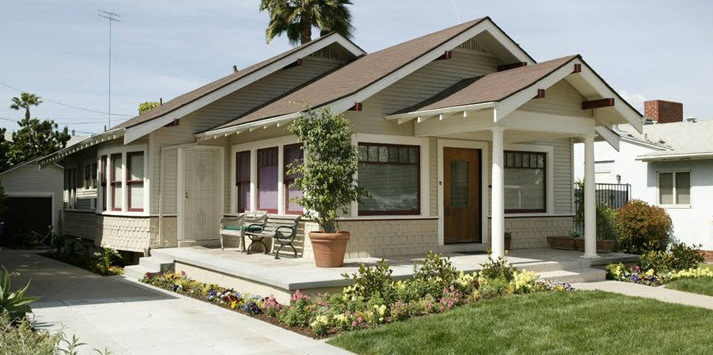
The type of property you’re refinancing or purchasing affects both your interest rate and your eligibility for a mortgage interest deduction. Key One Capital Mortgage Corporation has different loan programs for not only primary homes, but other occupancy types. There are two classifications of non-primary homes: second home or an investment property.
When financing a second home, you may need a higher credit score to qualify, and you might receive a higher interest rate due to increased risk for the lender. On the other hand, it may be that neither of these things happen – each situation is different. A second home has the following characteristics:
You can even rent it out for up to two weeks and keep the income tax free. If you rent for 15 or more days, you’ll have to report the income, but you may be able to deduct certain things as a rental expense. It’s important to note that either your lender or the investor in your mortgage may place special limits on how often the property can be rented out.
Second homes also qualify for the mortgage interest tax deduction, although if you’re renting it out, you have to be careful. In order to qualify for the deduction, you have to use the home for 14 days or more than 10% of the days when you would normally rent it out.
For example, if you rented out your home in Florida for six months between May and October (inclusive), you would still be able to classify your home as a second home for tax purposes if you stay there more than 18 days. (For convenience sake, I’m assuming six months is 180 days.) A timeshare used in this way also qualifies for the deduction.
If you plan on using your property exclusively for tenant rental, it must be classified as an investment property. The loans on these properties are made at a higher interest rate and require a higher credit score.
There are a few special requirements for investment property loans:
Although this gets a little complex, mortgage interest is one of several rental expenses you can deduct on your taxes. If you use the home for both rental and personal use, you must divide out the space for the purposes of expense determination. You can deduct as rental expenses any tenant room(s) and a part of the shared space that’s proportional to how much of the house is being rented out. Two common methods to base this on are the number of rooms in your home or the square footage.
To clarify this a little bit, let’s take my house as an example. I live in an 1800 square-foot ranch with eight rooms. If we were to rent out a 15 x 15 bedroom (225 square feet), you would deduct that plus 12.5% of any shared space. (225 is 12.5% of 1800.)
To save any more complex math, let’s say I rented just the bedroom with no access to elsewhere in the house and I wanted to deduct part of the mortgage interest as a rental expense. If the annual private mortgage insurance payment is $800, you can deduct $100 (12.5% of $800).
Hopefully this has helped you understand a little bit more about property classification and home mortgages.